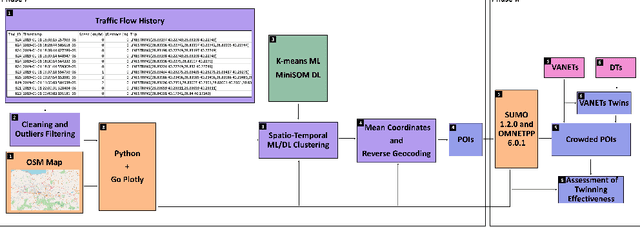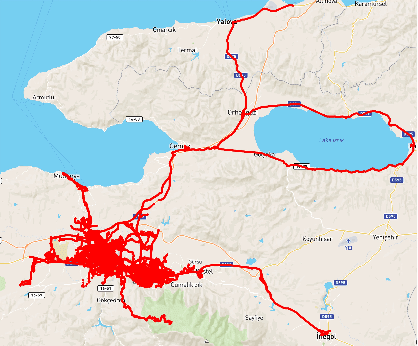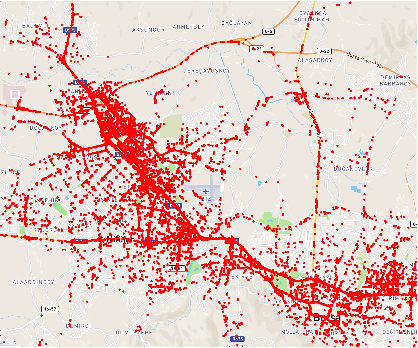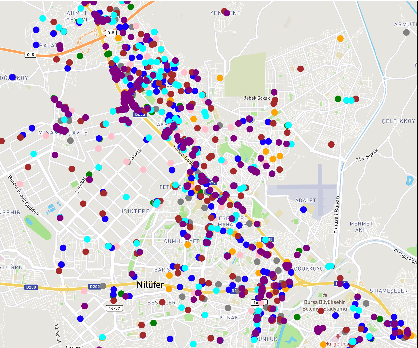Does Twinning Vehicular Networks Enhance Their Performance in Dense Areas?
Paper and Code
Feb 16, 2024



This paper investigates the potential of Digital Twins (DTs) to enhance network performance in densely populated urban areas, specifically focusing on vehicular networks. The study comprises two phases. In Phase I, we utilize traffic data and AI clustering to identify critical locations, particularly in crowded urban areas with high accident rates. In Phase II, we evaluate the advantages of twinning vehicular networks through three deployment scenarios: edge-based twin, cloud-based twin, and hybrid-based twin. Our analysis demonstrates that twinning significantly reduces network delays, with virtual twins outperforming physical networks. Virtual twins maintain low delays even with increased vehicle density, such as 15.05 seconds for 300 vehicles. Moreover, they exhibit faster computational speeds, with cloud-based twins being 1.7 times faster than edge twins in certain scenarios. These findings provide insights for efficient vehicular communication and underscore the potential of virtual twins in enhancing vehicular networks in crowded areas while emphasizing the importance of considering real-world factors when making deployment decisions.
 Add to Chrome
Add to Chrome Add to Firefox
Add to Firefox Add to Edge
Add to Edge